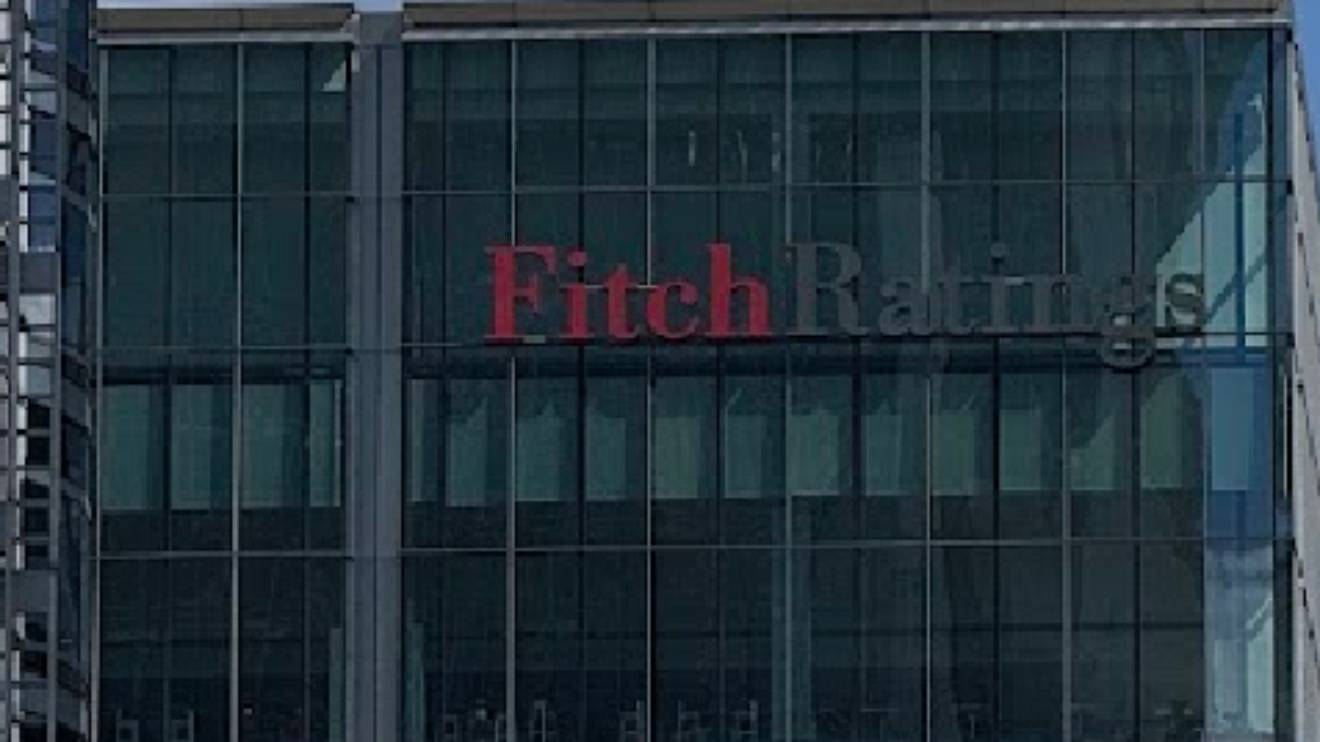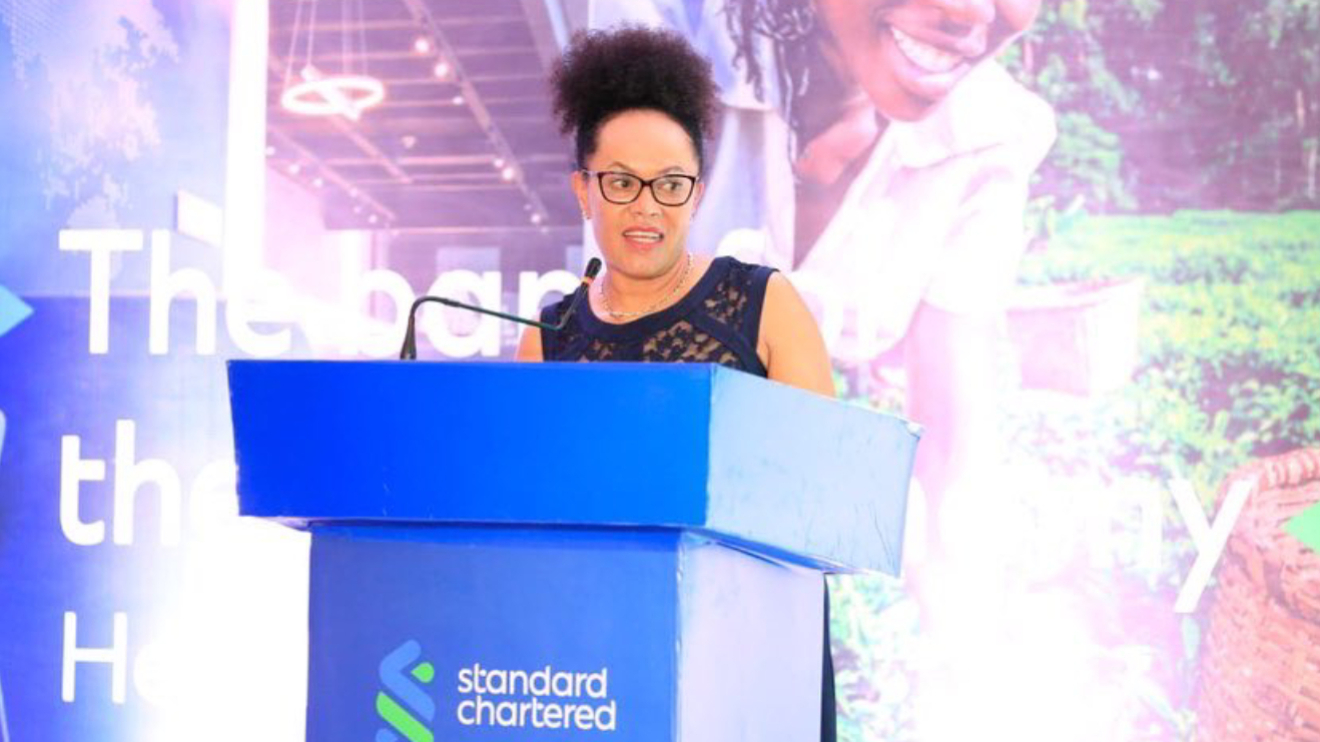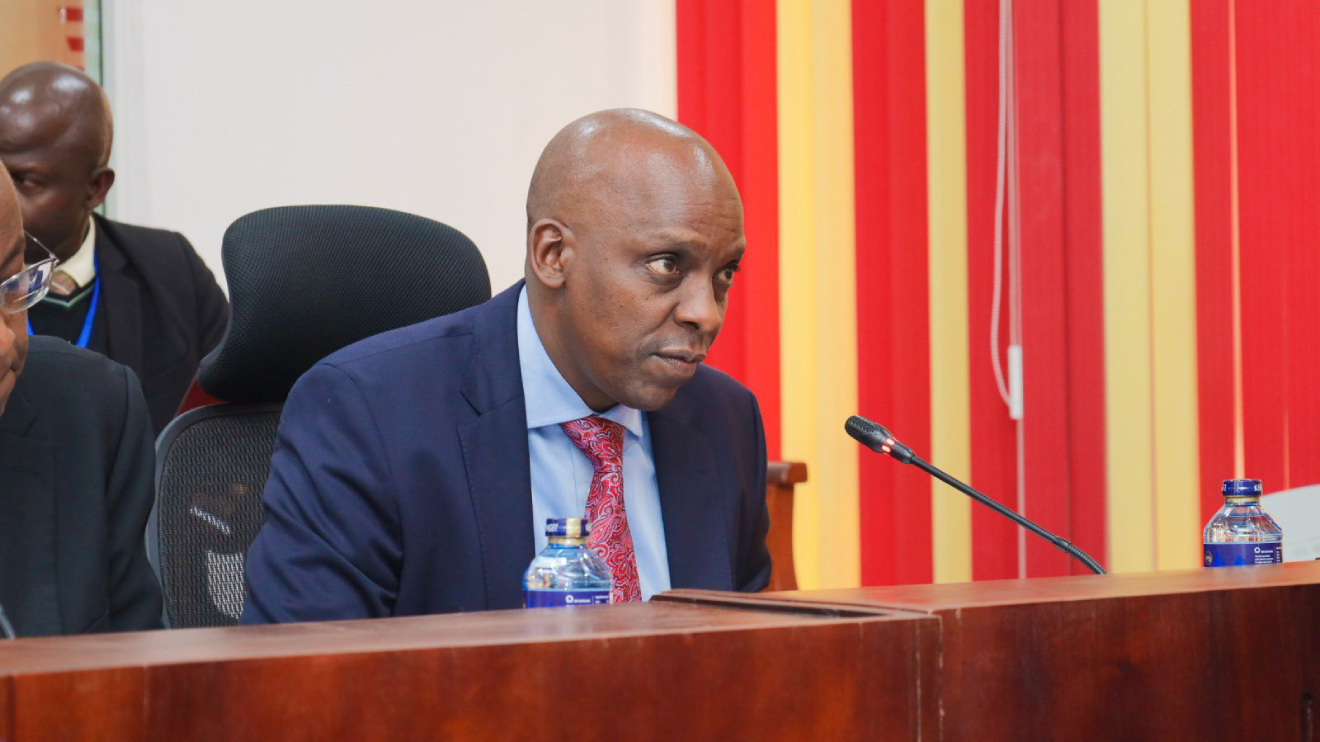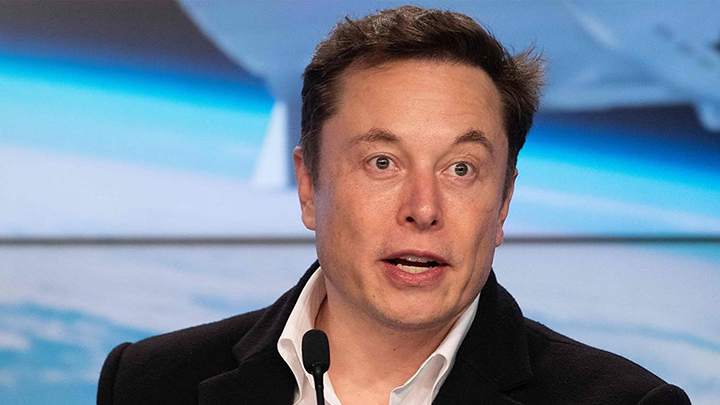Fitch Ratings has maintained Kenya’s Long-Term Foreign-Currency Issuer Default Rating (IDR) at 'B-' with a stable outlook, signalling some positive economic prospects despite ongoing challenges.
The country’s economy is expected to grow in the medium term, supported by a diversified economy and improvements in monetary policy.
"Kenya's 'B-'rating reflects strong medium-term growth prospects, a diversified economy and recent strengthening of the monetary policy framework," Fitch Ratings said in a statement.
However, Kenya still faces significant hurdles, such as high debt servicing costs, weak governance, and a large informal sector that limits government revenues.
Read More
The stable outlook reflects Fitch’s expectation that continued support from official creditors will ease external liquidity pressures in the near term.
Kenya’s external debt burden has been somewhat alleviated following the February 2024 Eurobond issuance, which allowed the government to buy back part of its maturing debt.
Additionally, the Kenyan shilling has appreciated by 22 per cent against the US dollar in 2024, helping reduce the external debt servicing strain.
Despite these efforts, Kenya’s fiscal situation remains challenging.
The country’s external financing needs are expected to decrease slightly in 2025, but government debt servicing remains high, with payments projected to moderate to $4.1 billion in the fiscal year ending June 2025.
However, the government’s financing needs will continue to grow in the following years.
Fitch also predicts a further increase in the budget deficit, which is expected to reach 4.8 per cent of GDP in FY25, higher than initial targets.
This is mainly due to high spending on debt servicing, social spending, and new obligations from collective bargaining agreements.
The government plans to cut expenditure slightly, but these efforts are unlikely to fully offset the deficit.
While Kenya continues to receive support from international creditors, there is some uncertainty over future funding, especially after the expiration of the IMF programme in April 2025.
The government aims to secure USD5 billion in official and commercial borrowing in FY25, but the lack of clarity over future IMF funding may create some challenges.
The country’s revenue collection remains a major issue, with the government’s revenue-to-GDP ratio projected to fall short of targets.
This has led to increased reliance on expensive borrowing, with interest payments expected to exceed 32 per cent of revenue in 2025.
On the positive side, Kenya’s economy is expected to grow by 5.1 per cent in 2025, driven by a rebound in private sector activity.
Inflation has also eased, falling to 4.5 per cent in 2024, which is within the Central Bank of Kenya's target range.
While Kenya’s governance remains a concern with high external debt and a widening current account deficit, the country’s economic outlook is steady for now.
As Kenya continues to navigate these challenges, it will need to balance fiscal discipline with efforts to support growth and social stability.








